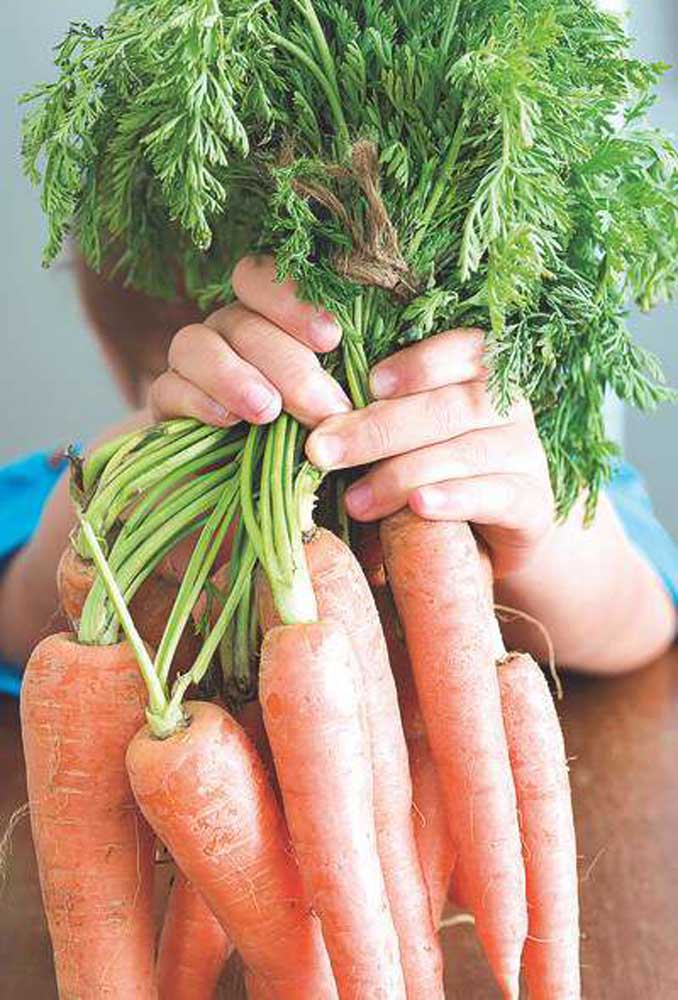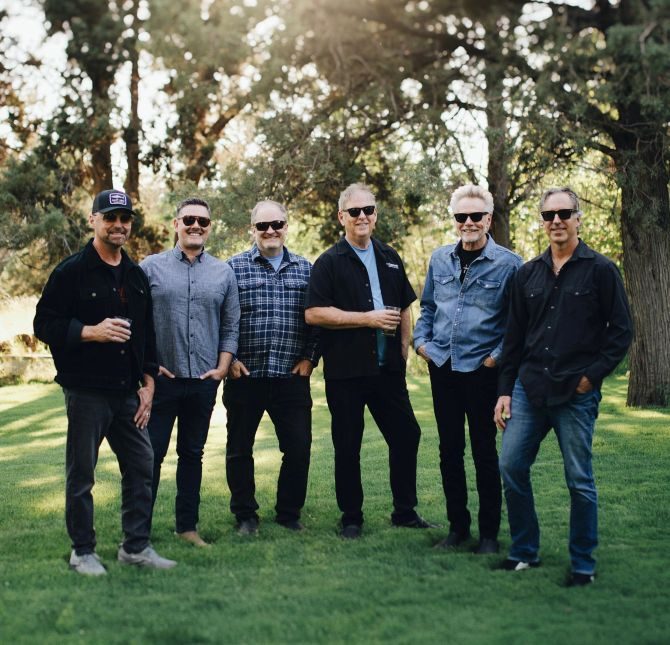Garden carrots are superior
Published 5:00 am Tuesday, October 29, 2013

- With carrots, brighter color usually means better flavor.
Once upon a time in the land of 9-to-5, I took a container of freshly picked carrots from the garden to share with fellow workmates. The reaction of one friend was, “I hate carrots; they are so bitter.” After much coercing and to save face, she tried one and the reaction was the classic, “Wow! I didn’t know they could taste that good.”
I was reminded of that day while making a pot of soup and needed a carrot. I had a store-bought carrot in the refrigerator and wanted to use it before harvesting my own. You know, the old waste-not-want-not mentality.
As I cut into it, there was no sweet smell, no moisture content to keep it crisp. I decided to give it my blessings for a new life in the compost bin and headed out to the garden.
The question of why the big difference in taste sent me to my carrot file for answers.
I learned that flavor characteristics are affected more by weather conditions and the variety than by soil conditions. Carrots are a hardy lot and can push their growth even in the poorest of soils. Warm days and cool nights are the best conditions for developing great taste. Age is also important. If pulled too early, the carrot won’t have developed its full flavor and sugar content.
Usually the brighter the color, the better the flavor. If you harvest too late, the carrots may become woody or bland.
I think I really found the answer in a chart listing carrot types and the importance of choosing the right variety.
Just as with tomatoes, carrots have been developed for the commercial market. Imperator is the variety normally found in the supermarkets. They are sturdy enough to withstand machine harvesting and cleaning, plus the rigors of shipping. The variety has been developed with a higher percentage of woody solids.
Nantes carrots are sweet and tender; their high water content tends to make them brittle. Usually 6 to 7 inches long, they have a cylindrical shape narrowing slightly to a blunt tip.
Danvers are considered to be one of the original home garden varieties dating back to the 1870s.
Chantenay carrots are considered to be good longterm storage carrots.
Carrots manufacture sugars like crazy during the warm days. Then a cool night settles in and the carrot “rests” instead of burning up that sugar. When nighttime temperatures stay in the 60s or warmer, the plants respire more at night and use up the accumulated sugars. Harvesting late in the day rather than early morning is recommended to capture the maximum sweetness.
Carrots can benefit from companion planting, the method of planting groups of plants together to help each other. Onions, leeks and herbs such as rosemary and sage act as repellents to the carrot fly whose maggot or larva often attacks the rootlets of young plants. Companion plants for carrots include peas, lettuce, chives, radishes, tomatoes, leeks and onions. Carrot growth is hindered by dill growing nearby.
Friends have winter stored carrots in the ground mulched with deep layers of straw. The layer of straw should be deep enough to keep the soil from freezing. This system allows you to dig from the garden as needed all winter.
I have always used the cold-storage method. I dig carrots using a tined fork rather than a shovel to help avoid cutting into the flesh. The tops are cut to about 1 inch and excess soil is rubbed off, not washed off. Do not try to store any carrots that are cut or broken, as they are susceptible to bacterial soft rot. I store them in a 5 gallon covered container between layers of damp sand. The container is stored in an unheated garage.
If you haven’t grown carrots previously, put them on your list for next season. They are easy and oh-so good.








